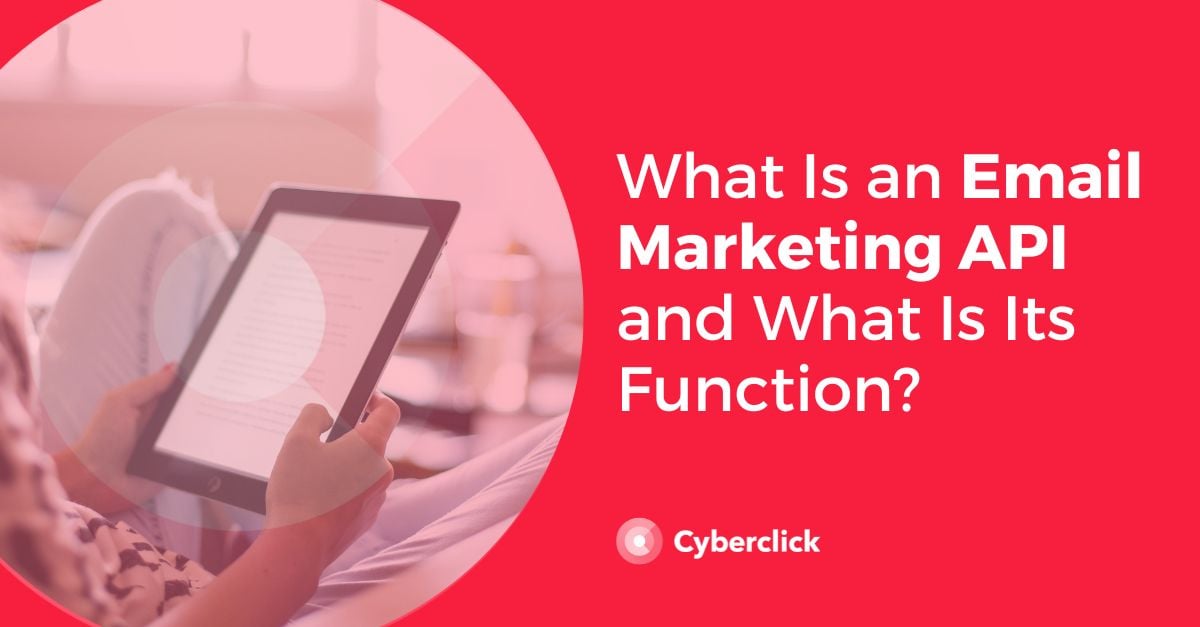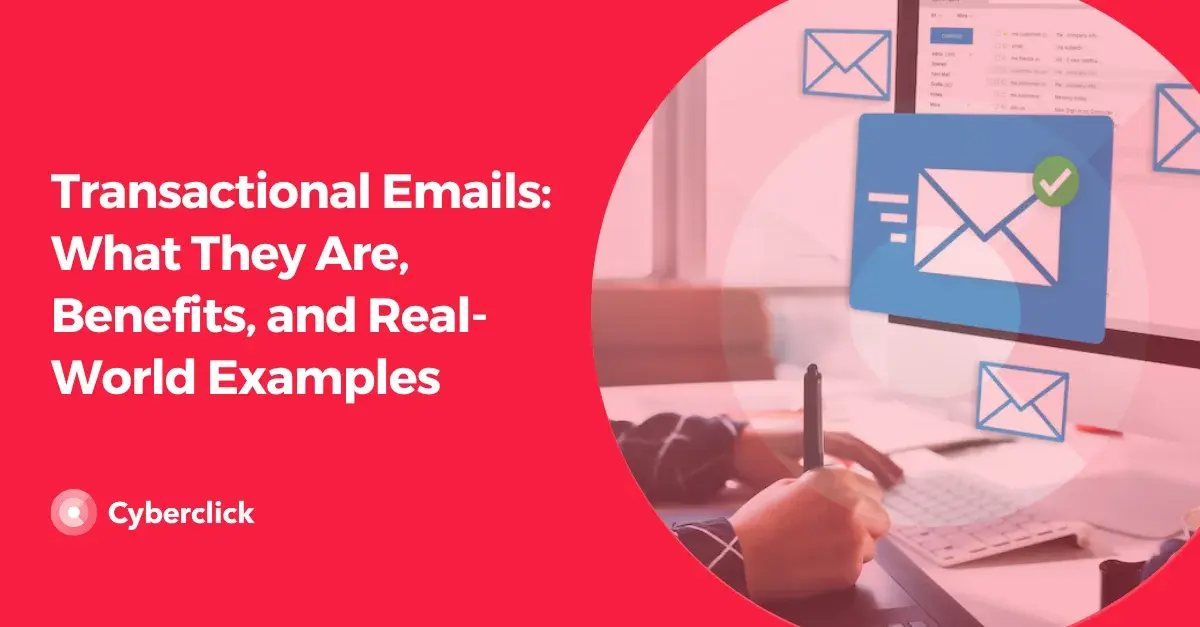Email marketing is an essential component of digital marketing. In addition to having a high ROI, it’s a very versatile tool capable of adapting to all types of brands and campaigns. In this article, we are going to talk about an email marketing API.
Using APIs in your email marketing allows you to integrate email into other applications and manage your campaigns in an automated and efficient way. Let's dive into what email APIs are, what they are used for, and provide some examples.

What Is an Email API?
An API (Application Programming Interface) is a set of definitions and protocols used to integrate application software, allowing two applications to communicate with each other to perform different functions.
Thanks to APIs, programmers can access different functions of a software application using code instead of logging into the application. The developer submits a request using a unique API key for their account. Once the request is accepted, he or she can access different features of the application as specified in the API documentation.
Specifically, email APIs allow other applications to access the functions of an email platform, such as generating and sending transactional emails, editing templates, and accessing email metrics such as the number of emails sent, emails bounced, opens, and clicks.
What Is an Email API For?
APIs have many uses in email marketing and digital marketing in general. These are some of the most used ones.
Sending Automatic Messages
By using an email marketing API, you can send different types of scheduled messages from a website or an application:
- Email notifications are used to alert the user of something important related to their account, for example, that their subscription to a certain service is about to expire. Being able to send this type of message automatically is essential for scaling the customer base.
- Transactional messages are triggered by a user action, for example, a purchase on an e-commerce site. With an email API, you can send transactional emails with all of the information you consider important.
- Reminder emails can be used to encourage customers who have recently purchased from you to leave you a review, reduce cart abandonment, and more.
Overall, email marketing APIs allow you to seamlessly manage marketing automation and ensure that information reaches your users at the most opportune time.
Connecting Other Software Tools
One of the key use cases of APIs is to connect some applications with others and leverage their functionalities together. You can connect an email API with more than just your website, for example, with other third-party tools that you use on a regular basis.
The most frequently used tools with email APIs are:
- CRM: With an email API, you can automatically synchronize your email contacts with your CRM tool or set up emails to be sent automatically when a contact meets certain requirements.
- CMS: Connecting an email API to your CMS or Content Management System allows you to automatically send emails when you make updates to your site, for example, to inform your followers every time you publish new content.
Improving Email Marketing Analytics
Email APIs not only allow you to access emails' functionality but also statistics on email performance. Therefore, you can use them to create custom dashboards and reports and monitor the exact information you need at any given moment.
4 Examples of Email Marketing APIs
-
SendGrid. This email marketing API is used by large companies such as Uber, Spotify, and eBay. Its biggest advantages are the high delivery rate and analytics dashboards. The free plan includes 100 emails per day.
-
Postmark. Postmark's email API only supports transactional emails, not marketing emails. Its goal is to send all emails in less than 10 seconds. The biggest drawback is that the free plan is very limited (it only offers 100 emails per month). The paid plan costs $35 per month for 30,000 emails and $200 per month for 300,000.
-
SparkPost. This email API stands out for its technical aspects: it claims to have the best delivery rate in the industry. It also includes real-time metrics and performance alerts. The developer experience is also great. The trial plan includes 500 emails per month and the paid ones cost $20 for 30,000 emails and $205 for 300,000.
-
Amazon SES. Amazon's solution is incredibly competitively priced, fast and reliable, but its functionality is limited. With this plan, users can send up to 62,000 emails per month for free or 300,000 for $23.80. Standard payment plans cost $3 per month for 30,000 emails or $23.80 for 300,000.
Responsable de la estrategia de contenidos y visibilidad en Cyberclick, con enfoque Allbound y especialización en posicionamiento SEO, GEO y automatización con IA. Gestión avanzada del CRM con HubSpot: base de datos, workflows, lead nurturing, scoring y reporting. Experiencia en marketing digital, comunicación corporativa y periodismo, uniendo estrategia, creatividad y tecnología para captar y convertir leads cualificados.
Responsible for content and brand visibility strategy at Cyberclick, with an Allbound approach and specialization in SEO, GEO (Generative Engine Optimization), and AI-powered automation. Advanced HubSpot CRM management: database segmentation, workflows, lead nurturing, scoring, and reporting. Background in digital marketing, corporate communications, and journalism—combining strategy, creativity, and technology to attract and convert qualified leads.






Leave your comment and join the conversation